Joana Vasconcelos thinks big for Jupiter Artland’s tenth birthday
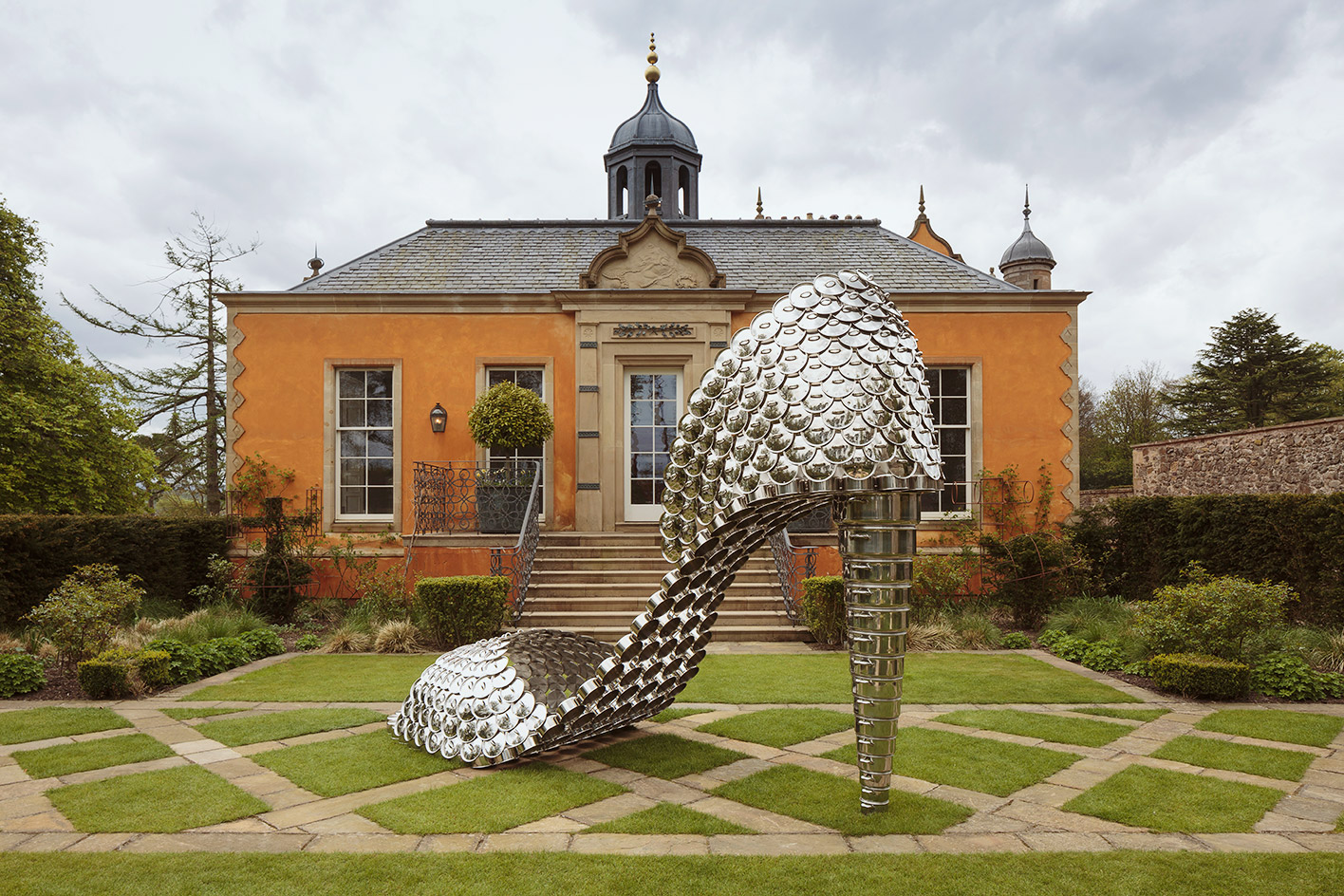
Jupiter Artland – the evocatively named sculpture park nestled in a pocket of rural Scotland – has turned a decade old, and opened a fresh season last month with an ambitious new programme. Sprawling across 100 acres of lawns, meadows and woodland on Edinburgh’s fringe, the park is owned, funded and inhabited by collectors Nicky and Robert Wilson.
It’s a tough task to find a focal point in such a vibrant, diverse and star-studded space. Perhaps the utopian ‘turf mounds’ of Charles Jencks’ Cells of Life, or Antony Gormley’s tangled Firmament, or even Cornelia Parker’s brooding landscape with Gun and Tree? Perhaps it’s better to home in on Jupiter’s most recent recruits: two illustrious female artists dominating both the contemporary art and Scottish landscape.
A new exhibition by Portuguese artist Joana Vasconcelos tackles themes of gender, socio-politics and intercultural craftsmanship. In 2005, the artist seized attention with her provocative use of materials at the 51st Venice Biennale; in 2012, she became the first woman and youngest artist to have ever exhibited in the Palace of Versailles with A Noiva (The Bride), a chandelier work composed of 25,000 tampons.
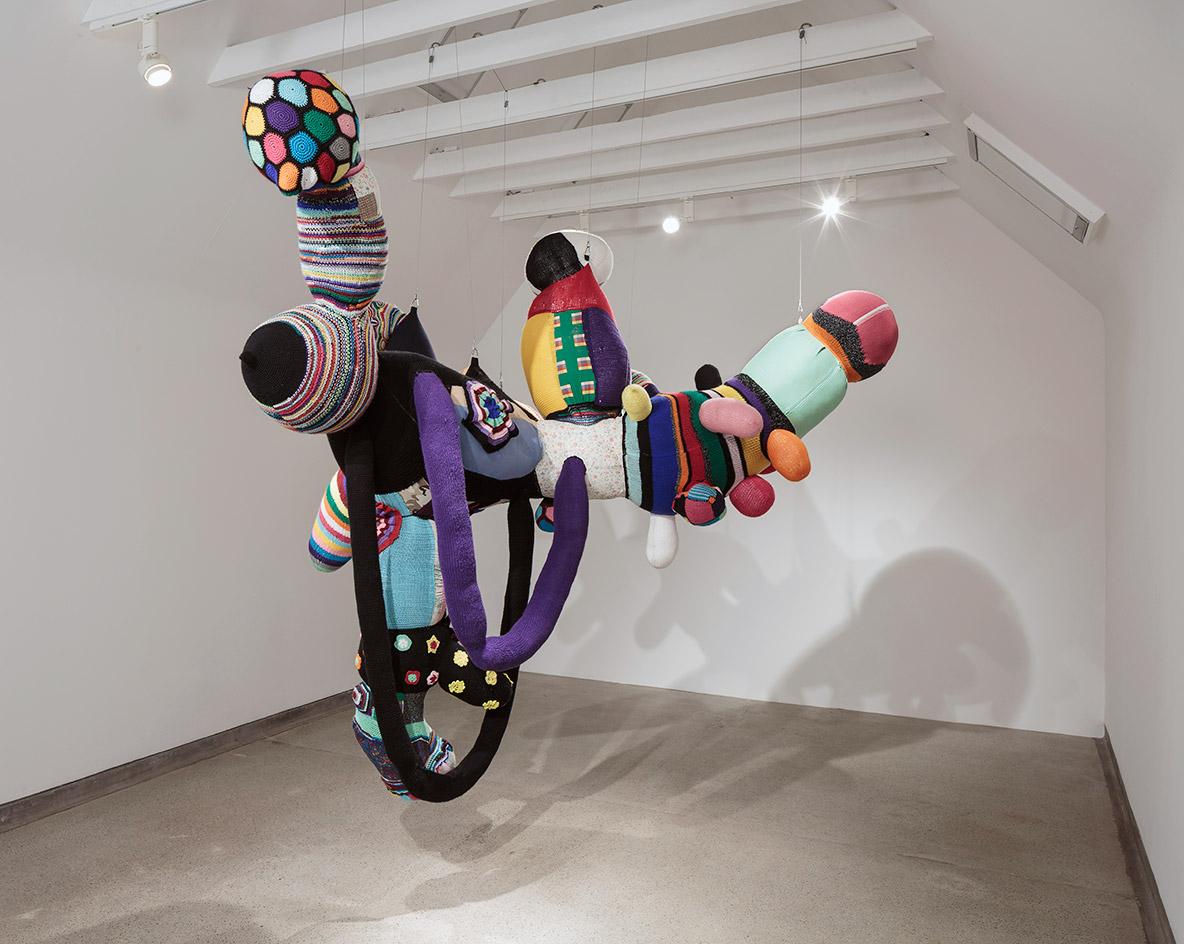
Valkyrie #3, 2004, by Joana Vasoncelos. Courtesy of Jupiter Artland
Her work is consistently outsized and adventurous. ‘I’m not afraid of many things that were in the past were used as problems for women,’ she says. In a place so dense with Scottish history, Vasconcelos’ work – though firmly rooted in Portuguese tradition – feels very much at home. And there are links: tradition marries tradition and seemingly opulent sculptures sit within an opulent environment.
Take Red Independent Heart #3 (2008), a colossal rotating sculpture hung in the centre of Jupiter’s Jacobean ballroom. The crimson construction sparkles as it rotates to a traditional Portuguese soundtrack. From afar, the heart appears to be made from thousands of precious jewels; up close the viewer is blinded by iridescence, realising that in fact comprises 1,000 pieces of plastic cutlery, bent and bound together using the filigree technique; Vasconcelos has engineered a trompe l’oeil that leaves us questioning how fell into its deception.

Coração Independente Vermelho (Red Independent Heart), 2005, by Joana Vasoncelos. Courtesy of Jupiter Artland
This theme continues on the lawn of the Ballroom Garden, where another of her pieces, Carmen Miranda (2008) glistens in the sun. This huge metallic stiletto – made from industrial stainless steel pans and lids – is a commentary on femininity and the role of women in a domestic environment.
‘All my engineers and architects said, “It’s not going to sustain itself, it’s going to fall down,”’ presuming that as a woman, Vasconcelos would have no idea about engineering and construction. ‘I [retorted], “It’s going to sustain,”’ she recalls. ‘“You don’t know about high heels, I know about high heels.”’ And sustain it has, in all its surreal majesty.

Quarry, 2018, by Phyllida Barlow. Courtesy of Jupiter Artland
Vasconcelos’ presentation sits alongside British artist Phyllida Barlow’s new large-scale sculptural installation. ‘Times have changed for women,’ says Vasconcelos. ‘If you look at Phyllida’s and my career, they are 30 years apart – a lot has changed in the world.’
Barlow’s first permanent outdoor commission, Quarry, is well woven into its surroundings. Occupying a woodland clearing, the trio of site-specific sculptures complement their environment. Two immense, dystopian concrete pillars with ‘sky frames’ stand adjacent to a mountainous boulder with a haphazard flight of steps, reflecting reflect Barlow’s signature textures and imposing scale. ‘There was the complex issue of meddling with nature,’ Barlow says, ‘to have empathy, but also be in stark contrast.’

Volupta, 2014, by Joana Vasoncelos. Courtesy of Jupiter Artland
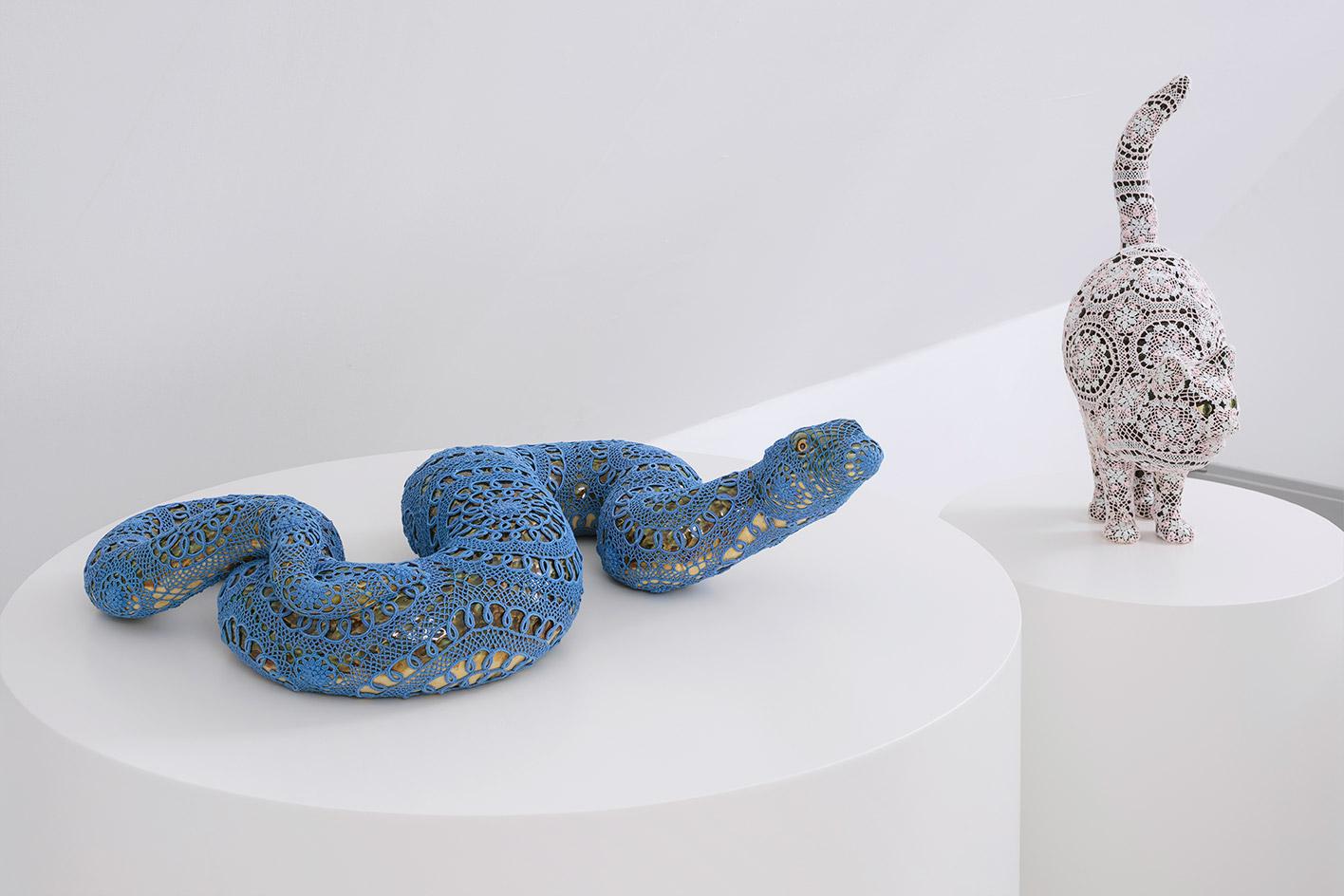
Adalinda, 2017, by Joana Vasoncelos. Courtesy of Jupiter Artland
Information
‘Joana Vasconcelos: Gateway’ is on view until 30 September. For more information, visit the Jupiter Artland website
Address
Receive our daily digest of inspiration, escapism and design stories from around the world direct to your inbox.
Jupiter Artland
Bonnington House Steadings
Wilkieston
Edinburgh EH27 8BY
Harriet Lloyd-Smith was the Arts Editor of Wallpaper*, responsible for the art pages across digital and print, including profiles, exhibition reviews, and contemporary art collaborations. She started at Wallpaper* in 2017 and has written for leading contemporary art publications, auction houses and arts charities, and lectured on review writing and art journalism. When she’s not writing about art, she’s making her own.
-
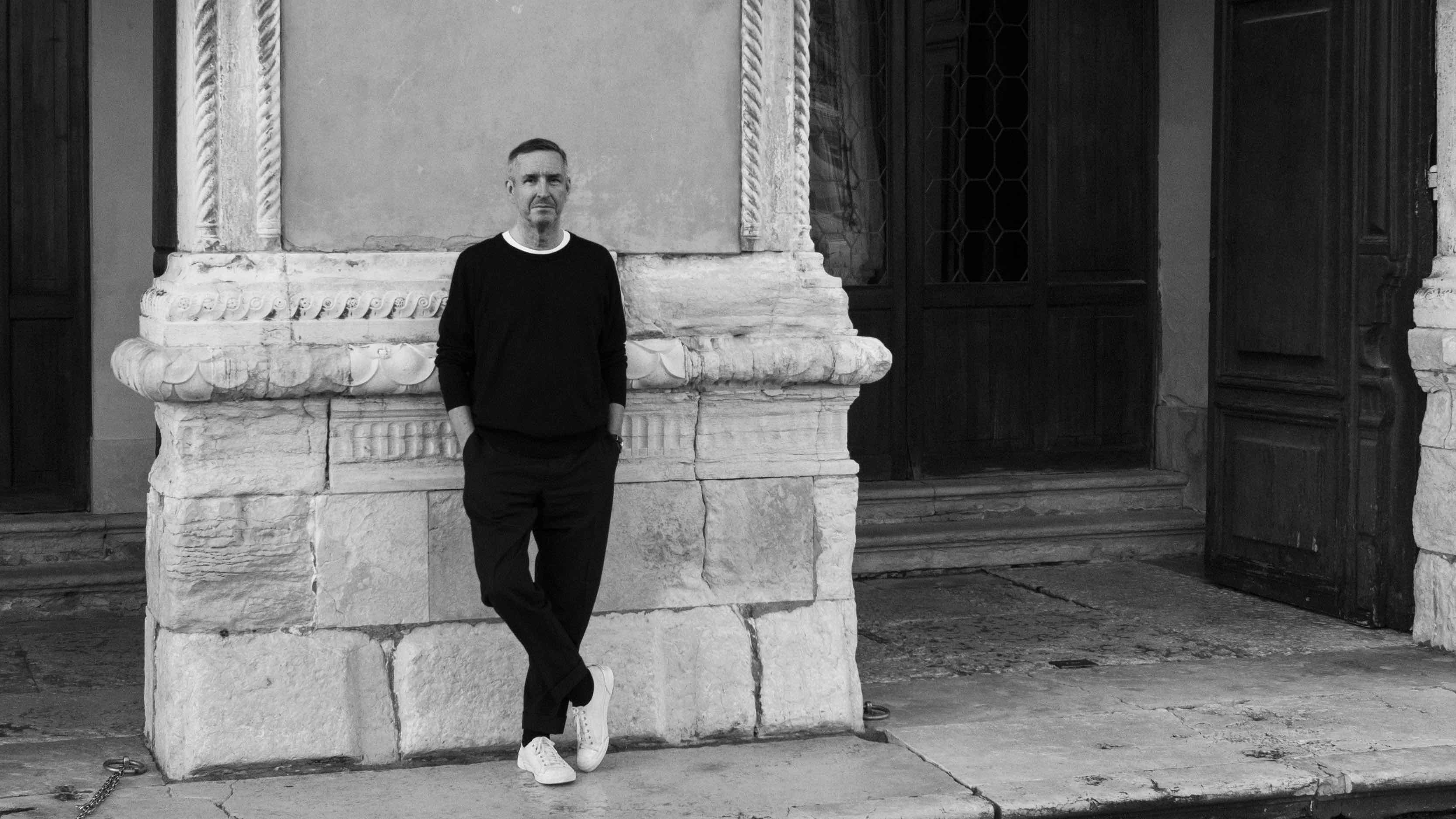 Dries van Noten on why he's building a new home for craft in Venice
Dries van Noten on why he's building a new home for craft in VeniceA year after departing the runway, Dries van Noten unveils his next chapter: the Fondazione Dries Van Noten, a newly announced cultural initiative in Venice celebrating craft in all its forms. Wallpaper meets the designer to find out why he’s not ready to retire.
-
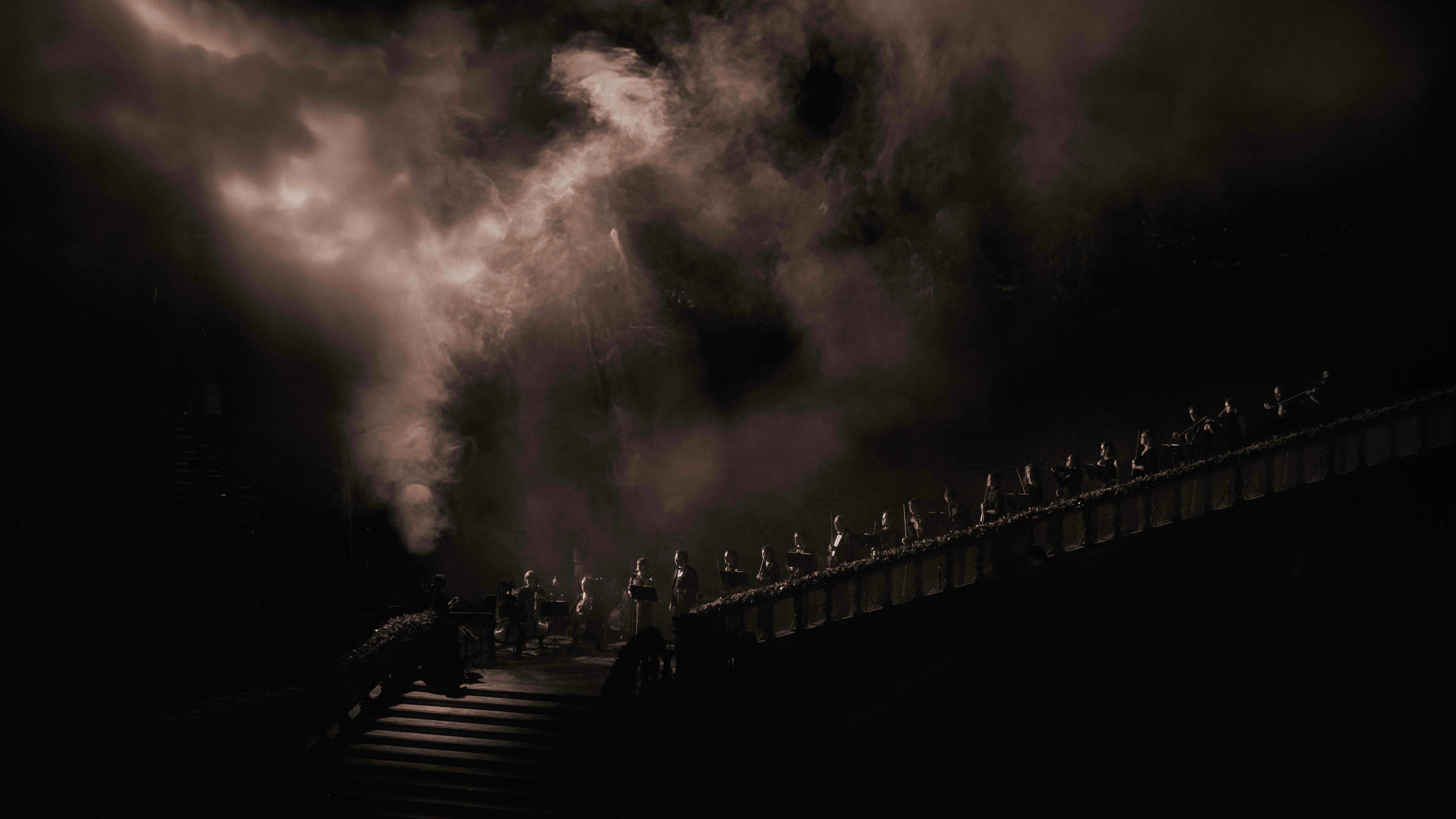 Alexander Wessely turns the Nobel Prize ceremony into a live artwork
Alexander Wessely turns the Nobel Prize ceremony into a live artworkFor the first time, the Nobel Prize banquet has been reimagined as a live artwork. Swedish-Greek artist and scenographer Alexander Wessely speaks to Wallpaper* about creating a three-act meditation on light inside Stockholm City Hall
-
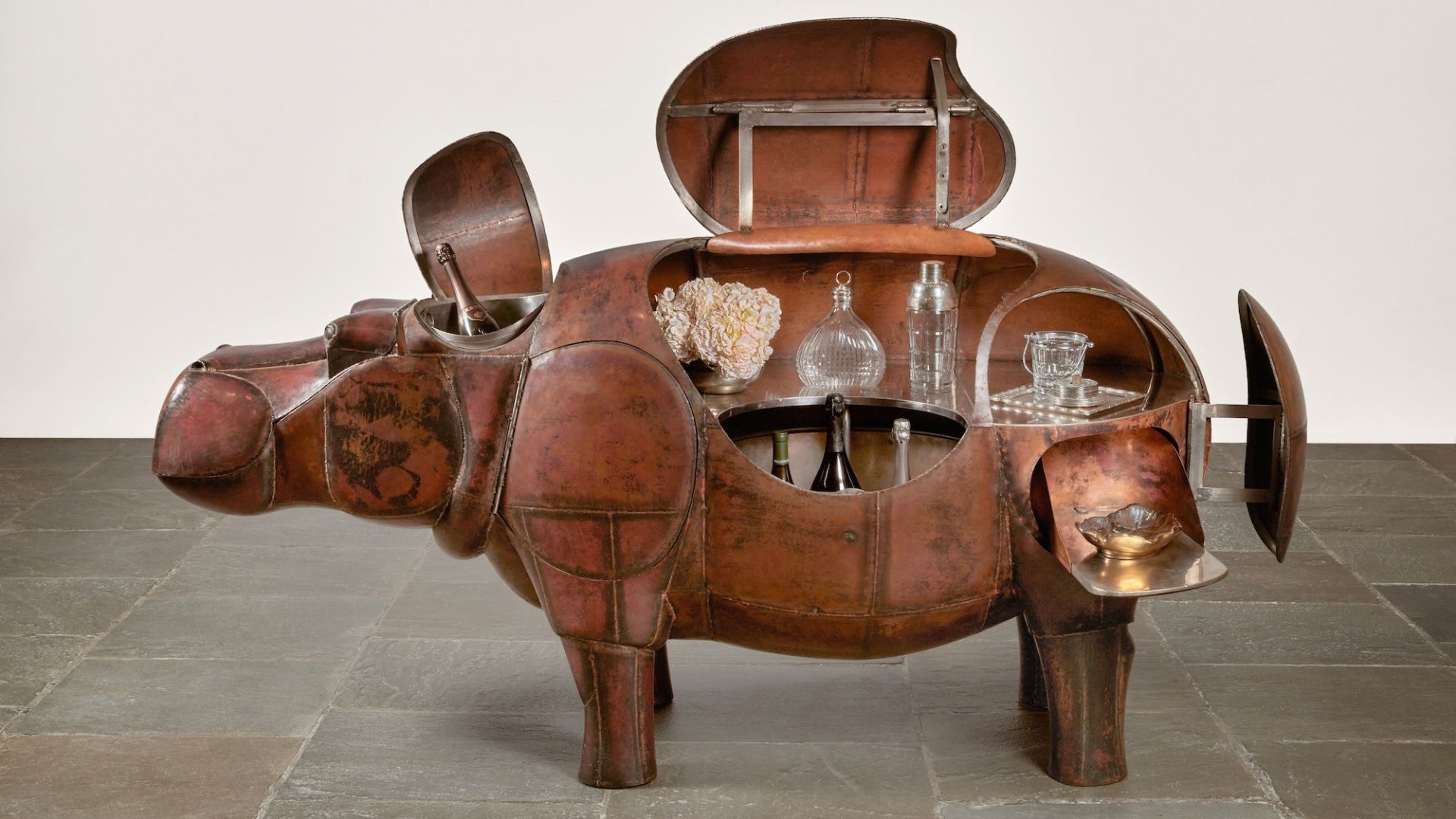 At $31.4 million, this Lalanne hippo just smashed another world auction record at Sotheby’s
At $31.4 million, this Lalanne hippo just smashed another world auction record at Sotheby’sThe jaw-dropping price marked the highest-ever for a work by François-Xavier Lalanne – and for a work of design generally
-
 Rolf Sachs’ largest exhibition to date, ‘Be-rühren’, is a playful study of touch
Rolf Sachs’ largest exhibition to date, ‘Be-rühren’, is a playful study of touchA collection of over 150 of Rolf Sachs’ works speaks to his preoccupation with transforming everyday objects to create art that is sensory – both emotionally and physically
-
 Architect Erin Besler is reframing the American tradition of barn raising
Architect Erin Besler is reframing the American tradition of barn raisingAt Art Omi sculpture and architecture park, NY, Besler turns barn raising into an inclusive project that challenges conventional notions of architecture
-
 What is recycling good for, asks Mika Rottenberg at Hauser & Wirth Menorca
What is recycling good for, asks Mika Rottenberg at Hauser & Wirth MenorcaUS-based artist Mika Rottenberg rethinks the possibilities of rubbish in a colourful exhibition, spanning films, drawings and eerily anthropomorphic lamps
-
 San Francisco’s controversial monument, the Vaillancourt Fountain, could be facing demolition
San Francisco’s controversial monument, the Vaillancourt Fountain, could be facing demolitionThe brutalist fountain is conspicuously absent from renders showing a redeveloped Embarcadero Plaza and people are unhappy about it, including the structure’s 95-year-old designer
-
 See the fruits of Niki de Saint Phalle and Jean Tinguely's creative and romantic union at Hauser & Wirth Somerset
See the fruits of Niki de Saint Phalle and Jean Tinguely's creative and romantic union at Hauser & Wirth SomersetAn intimate exhibition at Hauser & Wirth Somerset explores three decades of a creative partnership
-
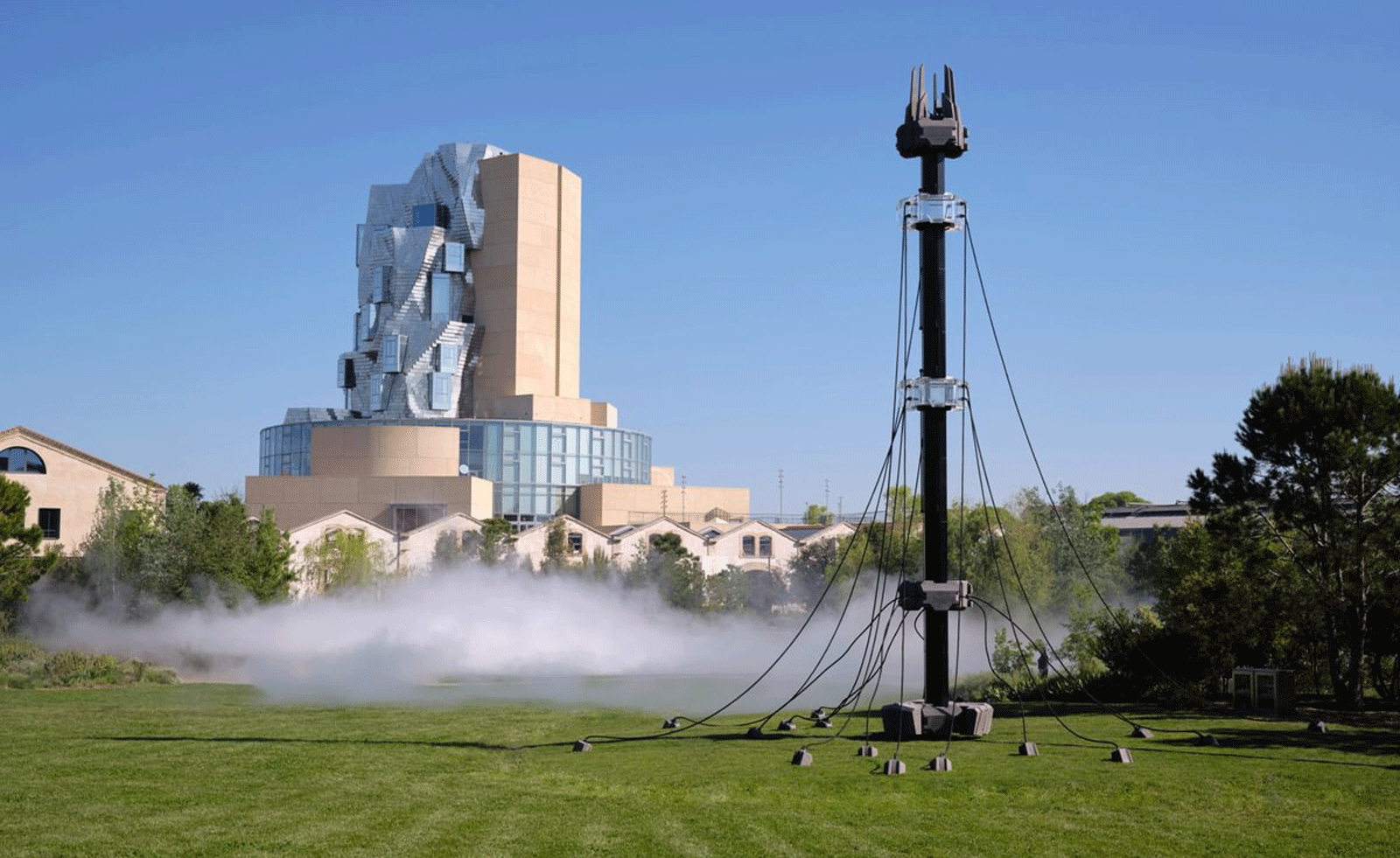 Technology, art and sculptures of fog: LUMA Arles kicks off the 2025/26 season
Technology, art and sculptures of fog: LUMA Arles kicks off the 2025/26 seasonThree different exhibitions at LUMA Arles, in France, delve into history in a celebration of all mediums; Amy Serafin went to explore
-
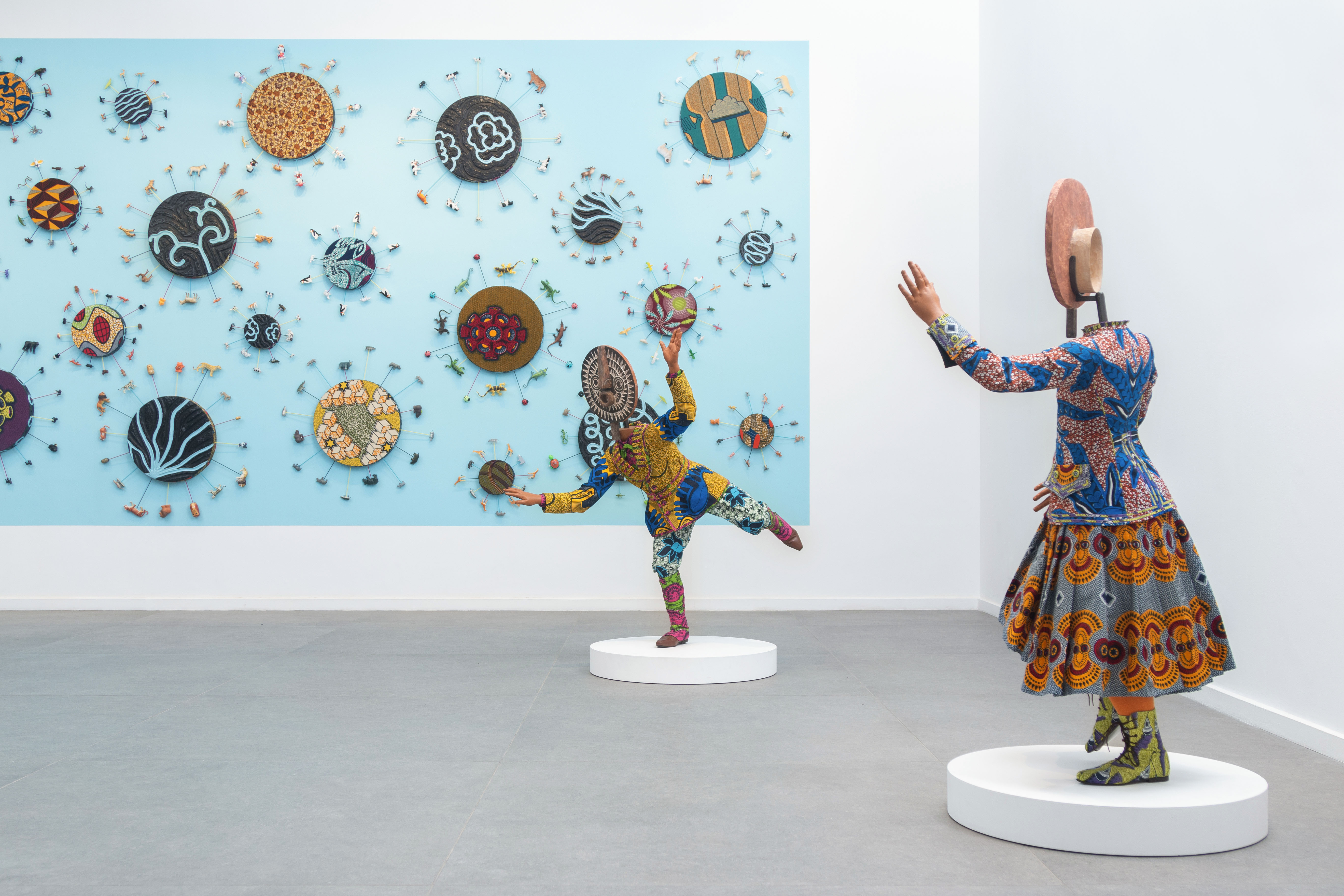 Inside Yinka Shonibare's first major show in Africa
Inside Yinka Shonibare's first major show in AfricaBritish-Nigerian artist Yinka Shonibare is showing 15 years of work, from quilts to sculptures, at Fondation H in Madagascar
-
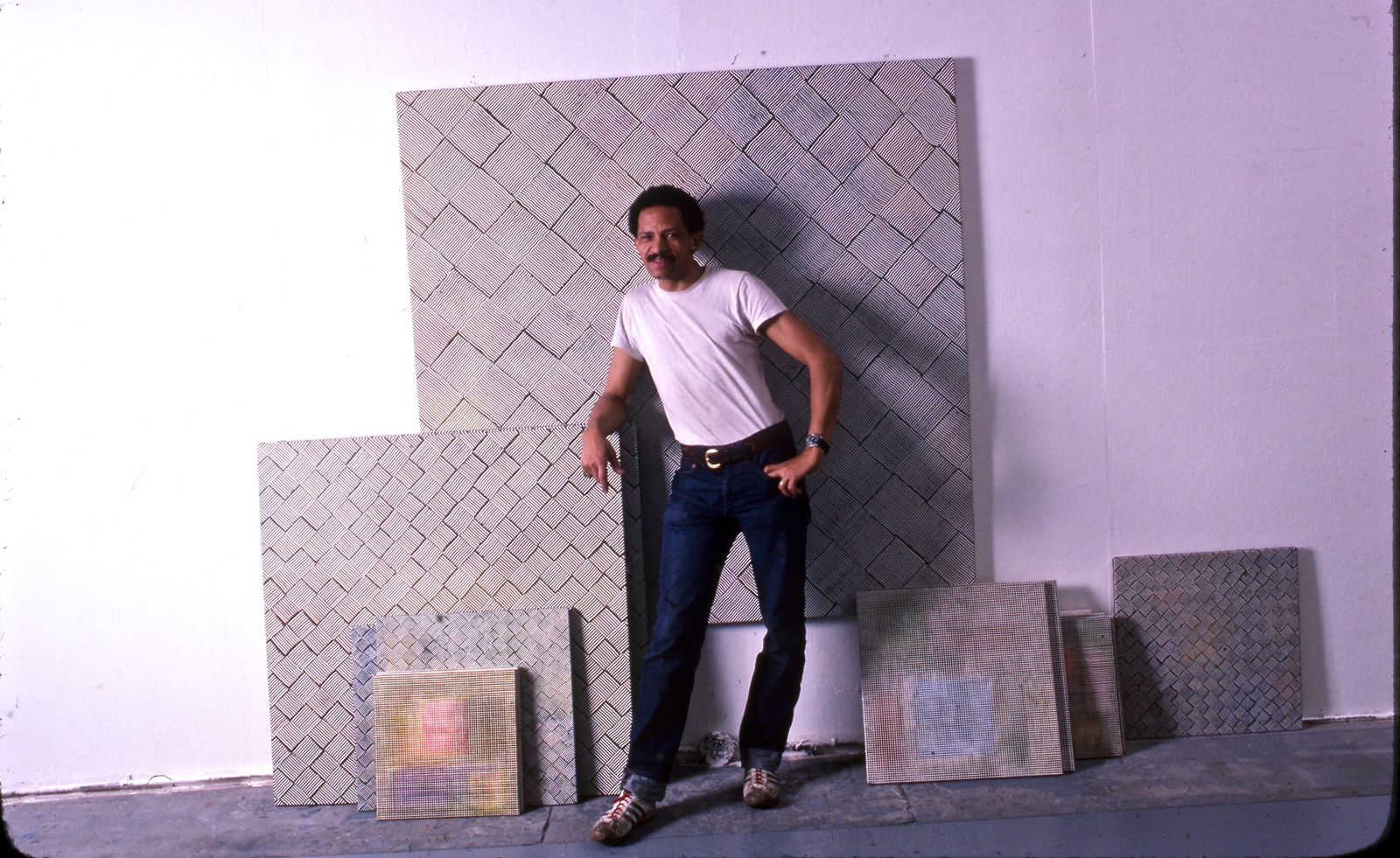 Inside Jack Whitten’s contribution to American contemporary art
Inside Jack Whitten’s contribution to American contemporary artAs Jack Whitten exhibition ‘Speedchaser’ opens at Hauser & Wirth, London, and before a major retrospective at MoMA opens next year, we explore the American artist's impact